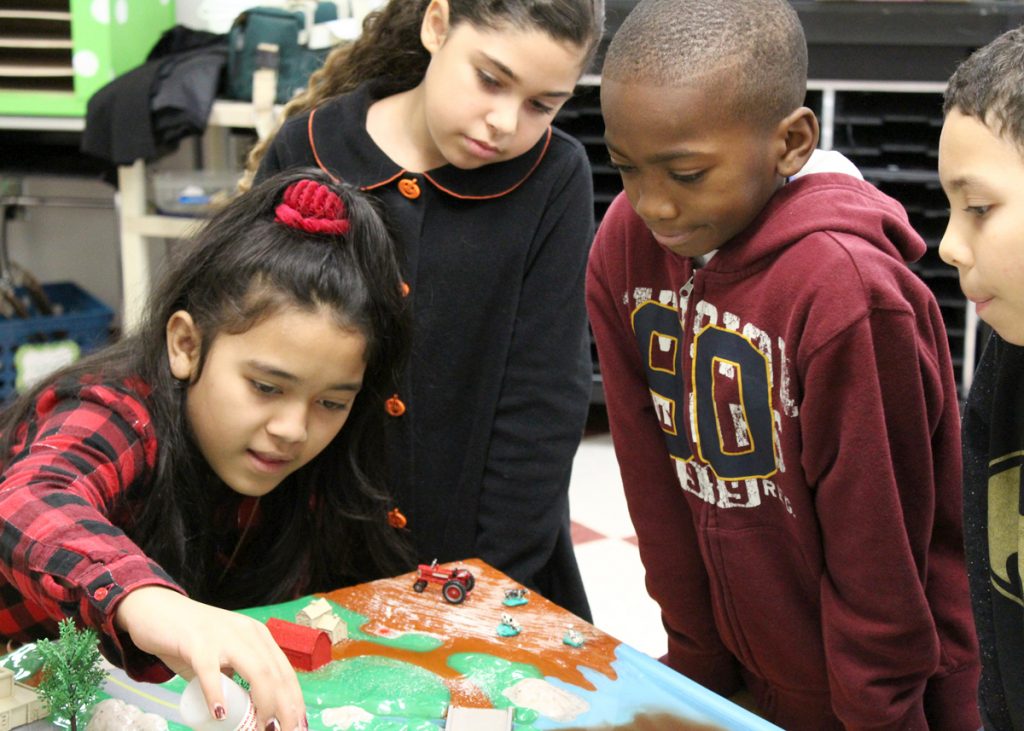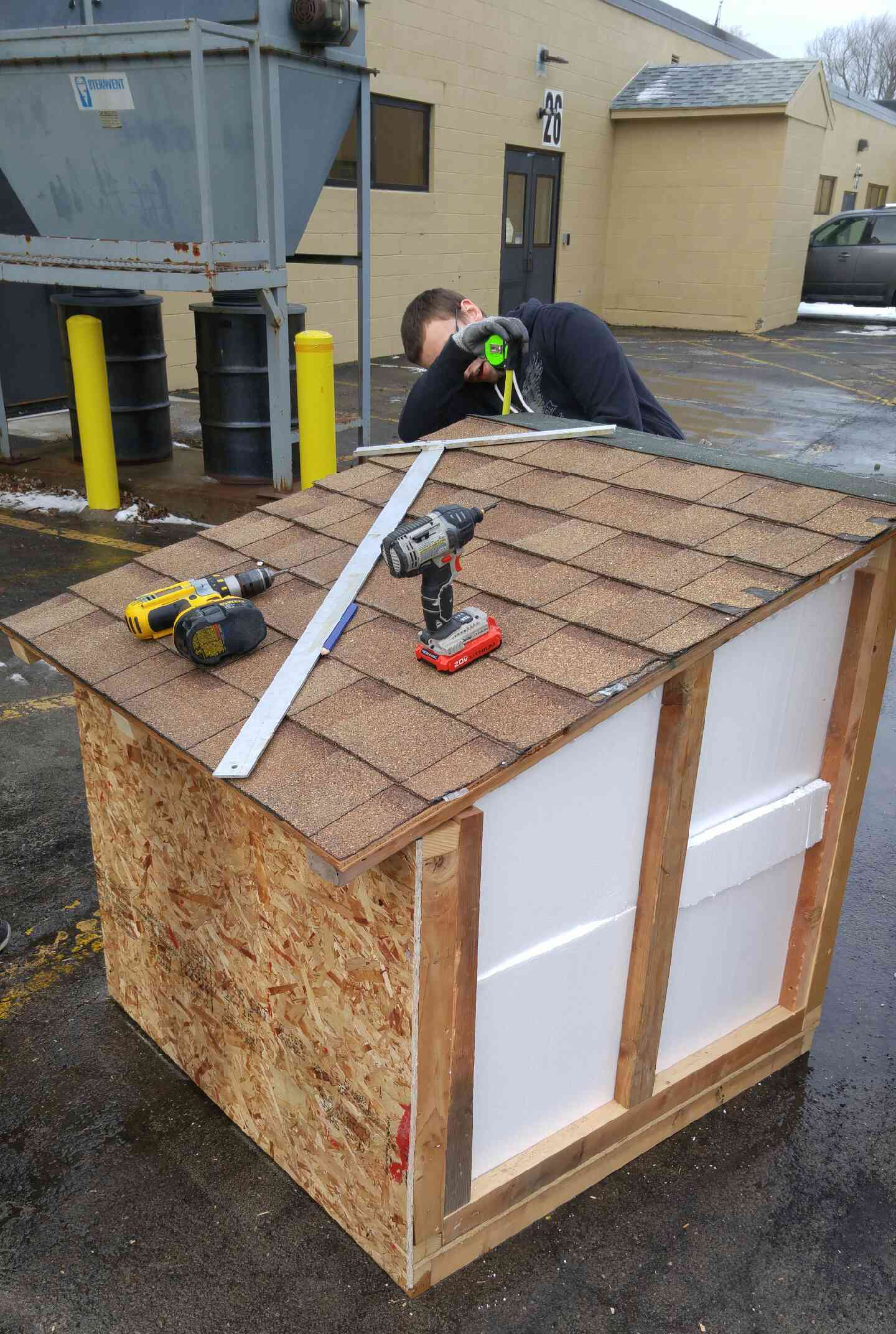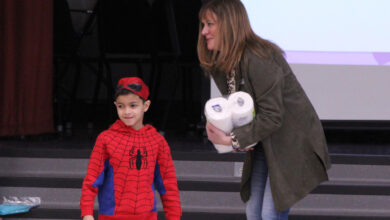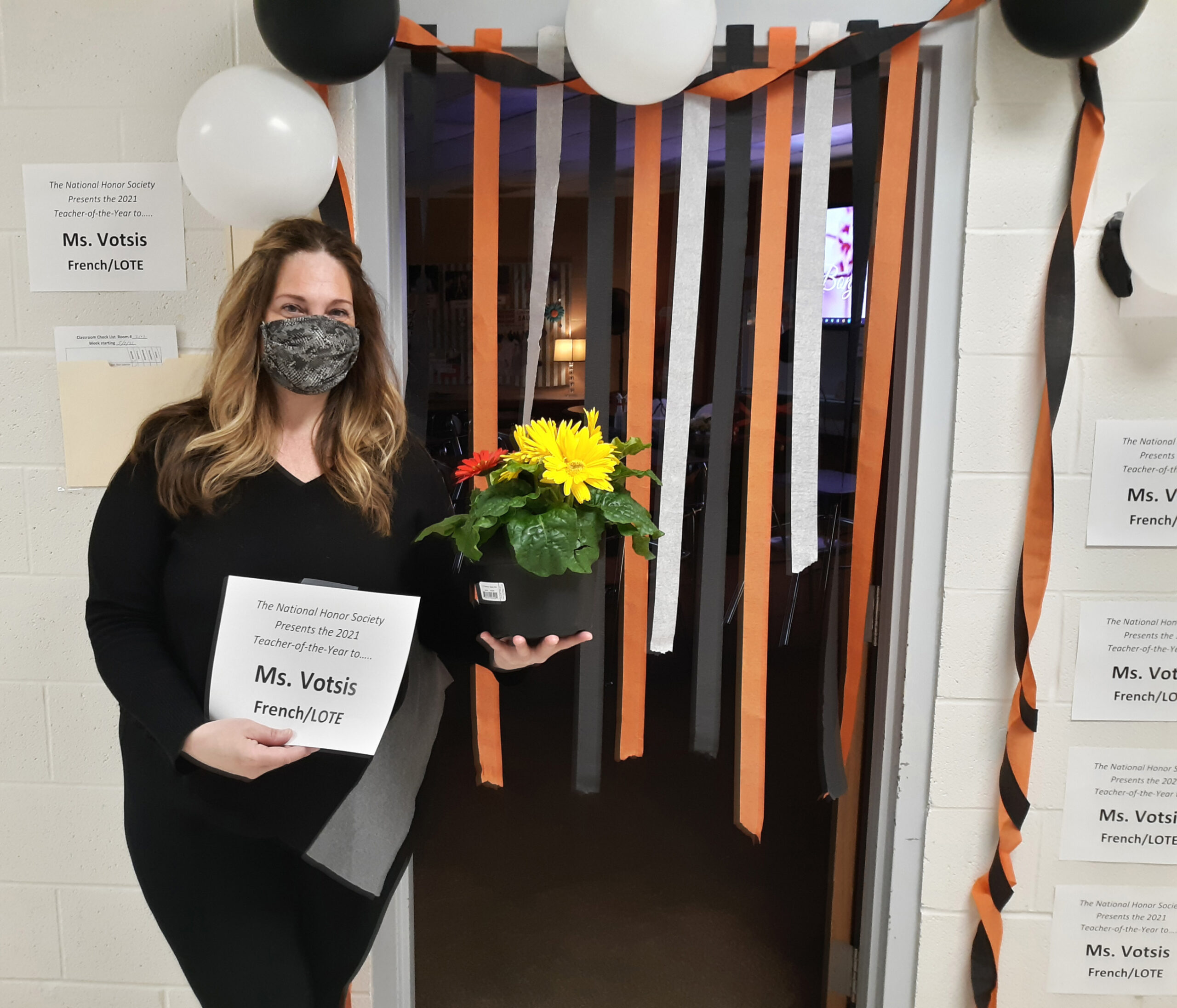Enthusiastic science fans at Churchville-Chili MS
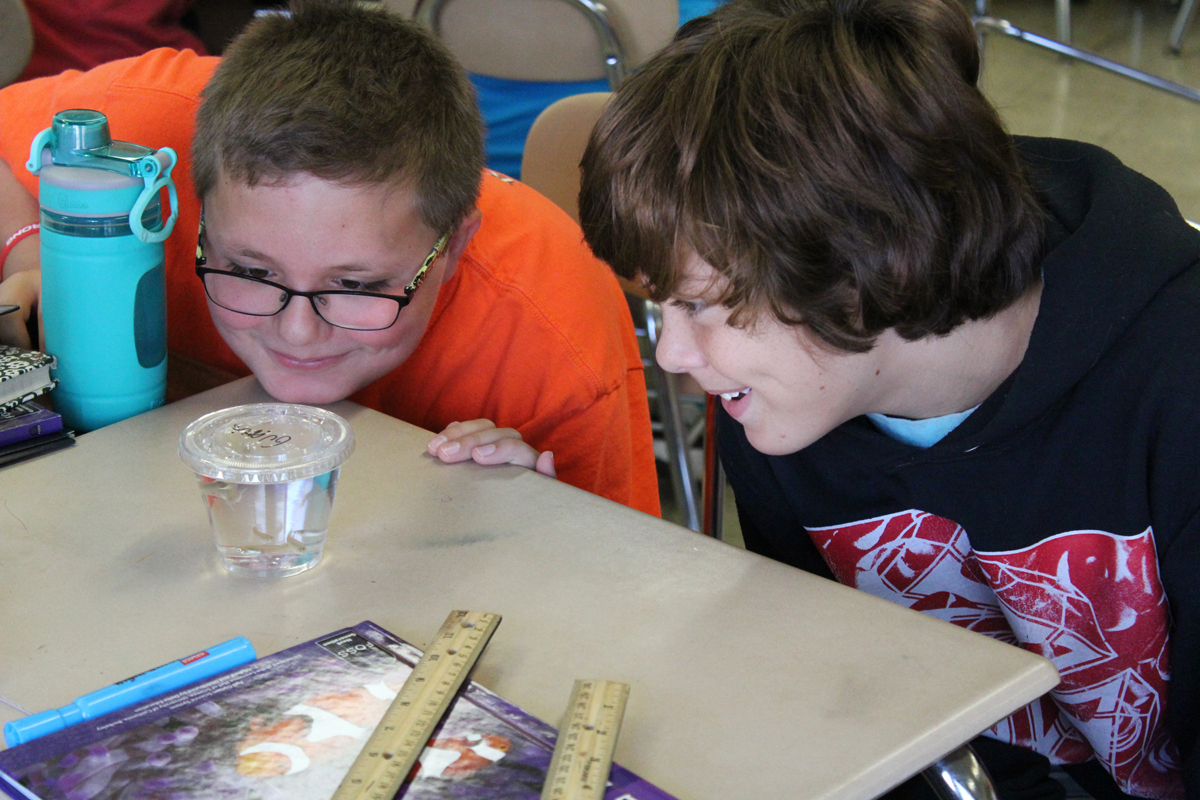
The students in the sixth-grade science class at Churchville-Chili Middle School were excited, and their discussions animated. They were studying Ecosystems and Populations, carefully observing and recording data on small groups of fish, snails and earthworms. Consideration was given to the roles each life form would play when added to the mini-ecosystems (a terrarium and an aquarium) the students had created. Study teams made hypotheses about what might happen as their experiments proceeded. This is just one example of how the New York State Next Generation Science Learning Standards are being put into action at Churchville-Chili schools.
“The most notable difference since we’ve shifted our curriculum,” said MS science teacher Angela George, “is the increased level of student engagement and enthusiasm. Our children are participating in hands-on learning and scientific method. Lessons are far more memorable when students have additional independence and responsibility.”
She said, “The world is complex and interconnected. Our students are learning the skills they will need to navigate it successfully as problem solvers.”
Teacher Kristen Kellogg’s fifth- and sixth-grade students have also been learning teamwork and research skills. As they gathered eagerly for the day’s lesson on fertilizer and pollution, the mood was expressed by student Lili Garcia, who said, “I love science! It’s my favorite.”
After examining samples of organic and chemical fertilizers, students used a model to demonstrate how pollutants from factories, and fertilizer run-off from farms and back yards make their way to the water supply. “Now I understand why beaches are closed sometimes, and why I should wash my apple before I eat it,” said Lonnie Witcher.
“Hands-on activities like these are great,” said Kellogg. “My students make connections quickly when they can get involved and actually see abstract concepts in action. They are observing thoughtfully and making insightful hypotheses on cause and effect. Some of their proposals are original and promising; ideas that I’ve never heard before.”
Provided information
